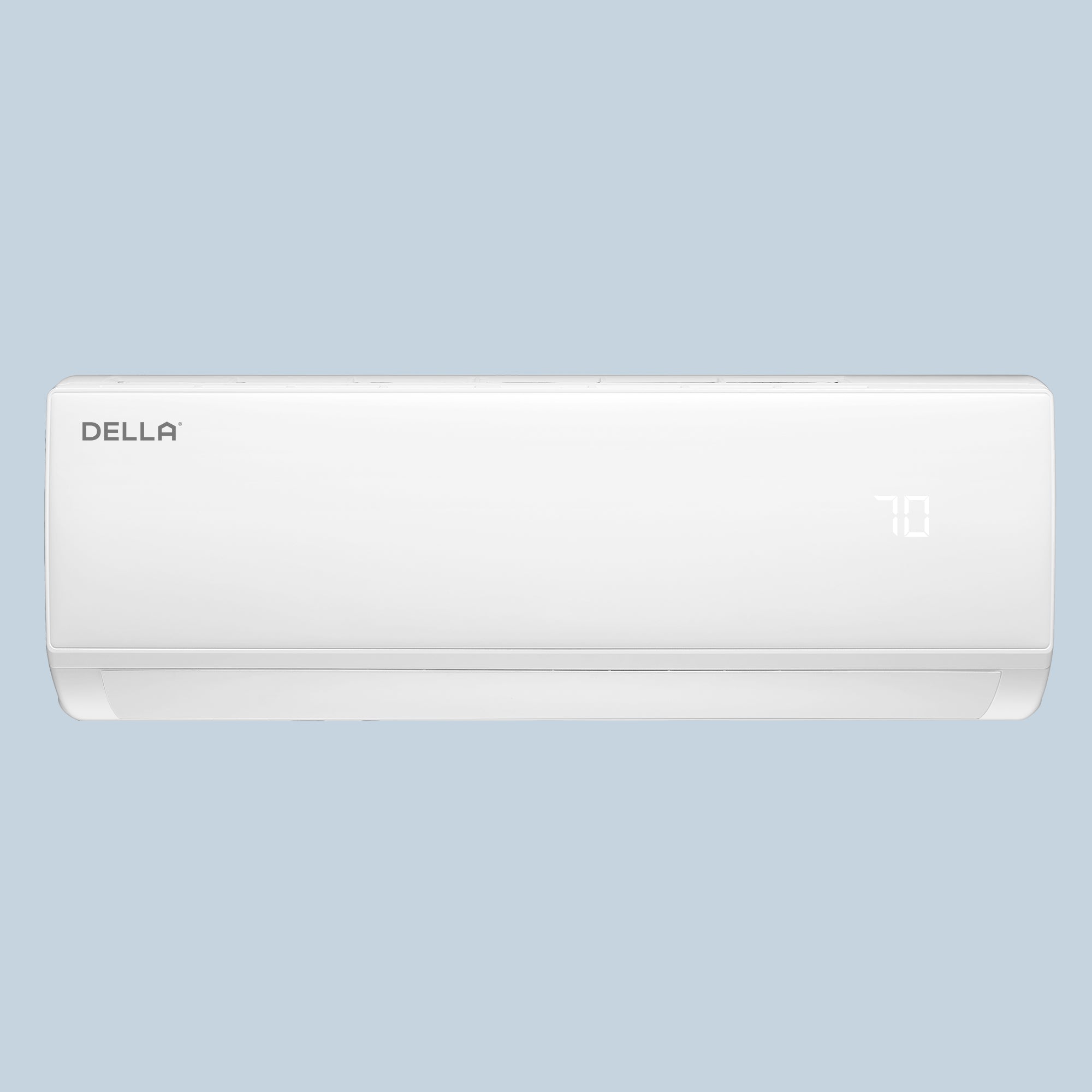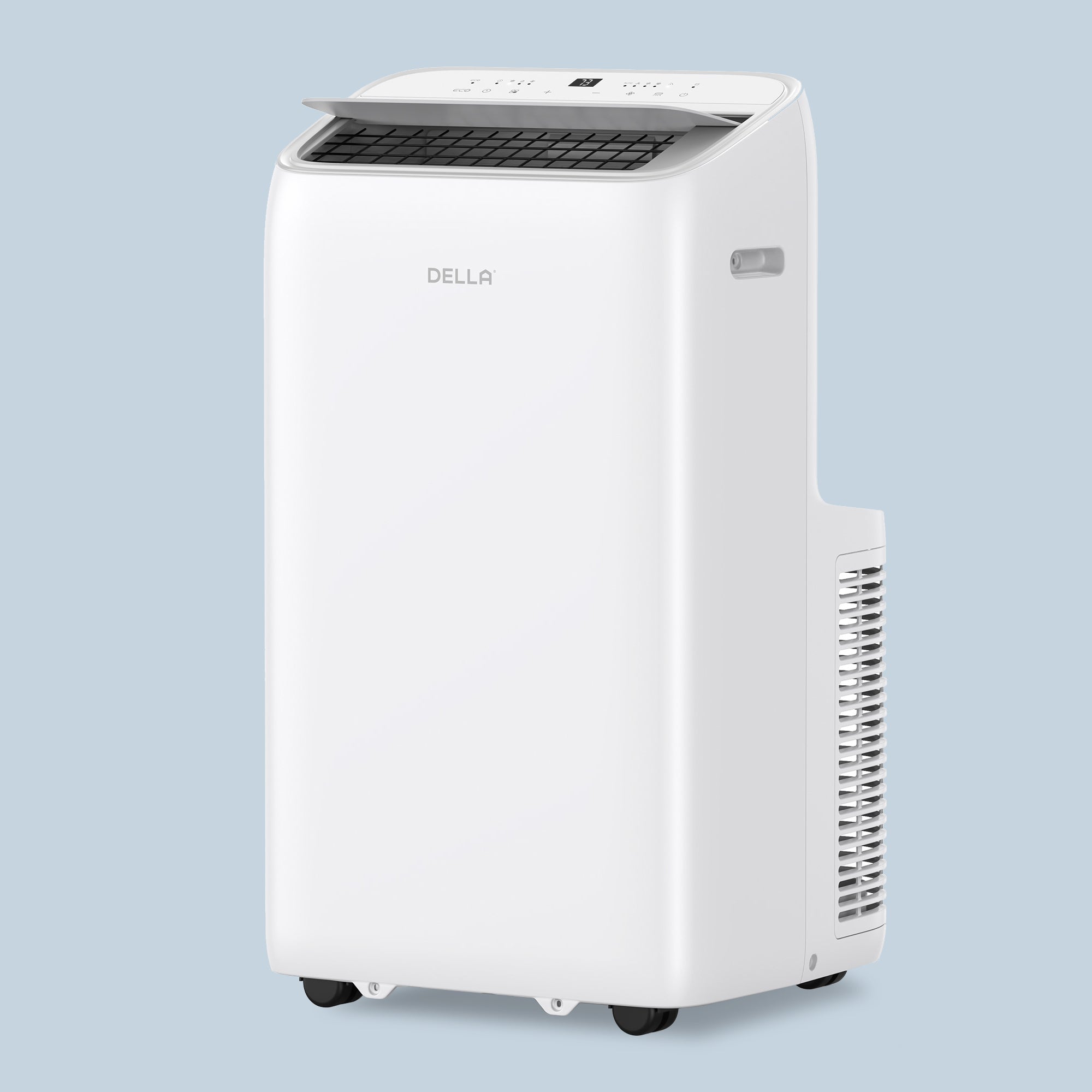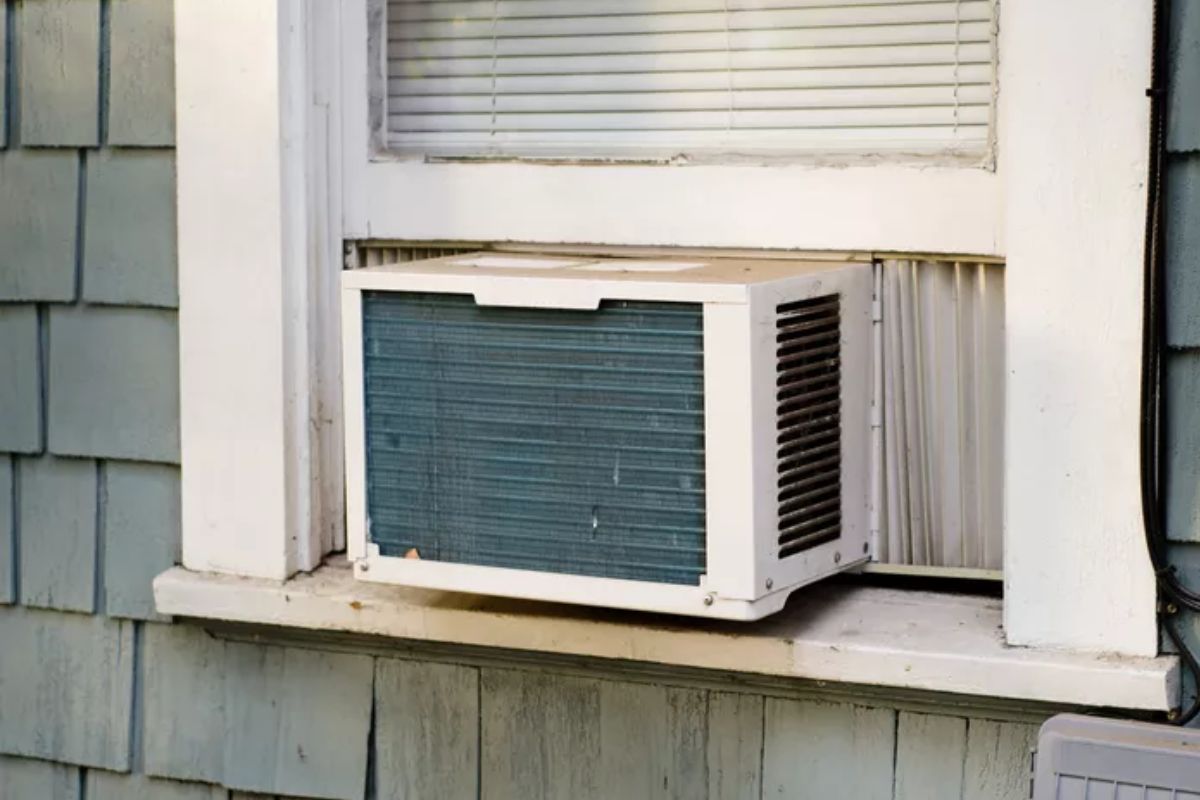During the hot summer, many families and offices rely on window air conditioners for their simplicity, cost-effectiveness, and efficiency. However, with long-term use, these units often face hygiene issues such as dust accumulation, mold growth, and unpleasant odors. These problems not only impact the cooling performance and increase electricity bills but can also harm our health, particularly for those with respiratory conditions.
But there's no need to worry. Della is here to provide you with detailed cleaning steps and practical tips for cleaning window air conditioners to help you enjoy a comfortable summer.
How Often Should I Clean My Window Air Conditioner?
Clean your smart ac window unit overall at least once a year. Additionally, you should clean the filters monthly in summer and the other parts once or twice a year.
Here's the tips for detail:
Summer and Winter
In high-usage seasons, clean the filters monthly, and replace the necessary part if needed.
Spring and Autumn
During periods of lower usage, conduct a overall cleaning. This should include washing the filters, fins, coils, and fan blades. Additionally, consider storing the air conditioner indoors to minimize exposure to outdoor air.
How to Clean a Window Air Conditioner Thoroughly?
Before You Starts
Safety Precautions
Before the cleaning starts, make sure to turn off the window air conditioner to ensure safety. Additionally, wear protective gloves to avoid scratches, and if you're sensitive to dust, consider using a mask and protective eyewear to minimize your exposure to dust.
Tools You'll Need
-
Screwdriver
-
Soft brush and toothbrush
-
Protective eyewear
-
Compressed air can
-
Cleaning cloth
-
Spray bottle
-
Cleaner or 3% hydrogen peroxide
-
Vacuum cleaner
-
Air conditioner fin comb
Remove the Face Panel and the OuterCase
First, remove the face panel of the air conditioner. Some window units have panels secured with screws, while others use clips. Typically, the filter is located just inside the front panel; in some units, it is behind the panel. You can also remove the filter along with the face panel.
Next, take off the outer case to access the fins, fan blades, evaporator, and coils inside the unit.

Overall Clean
Vacuum: Begin by using a vacuum cleaner to remove dust and debris from inside the air conditioner to prevent it from turning into mud during further cleaning.
Clean the Filter: Soak the filter in warm water with detergent and gently scrub it with a cleaning cloth.
Clean the Fins and Fan Blades: Spray some detergent on the fins and fan blades, then use a soft brush or toothbrush to scrub away the grime, and wipe clean.
Clean the Evaporator and Condenser Coils: Gently brush away dust and dirt from the coils, taking care not to bend the aluminum fins. If they get bent, you can use an small window ac fin comb to straighten them by gently combing in the direction of the fins.

Cleaning the Drainage System
Cleaning the Drain Pan and Drain Hole: Use a vacuum cleaner to remove dust from the drain pan, wipe it clean with a damp cloth, and repair any cracks if necessary. Ensure the drain hole is clear and unobstructed to prevent clogs.
Replacing Parts
If necessary, replace any parts that need it. If you're unsure, consult with the air conditioner hvac manufacturers to determine if specific parts require replacement.
Final Step
Ensure all cleaned parts are completely dry to prevent rust and water accumulation. Once dry, reassemble the air conditioner.
Comparison of Natural Cleaners and Chemical Cleaners
When cleaning an window air conditioner, we have the option to use natural cleaners or specialized air conditioner chemical cleaners. Both have their own advantages and disadvantages. Natural cleaners are usually made from natural ingredients, making them more environmentally friendly and safer for humans. On the other hand, air conditioner cleaners often contain strong chemical components that can quickly remove stubborn dirt and mold. You can choose based on the condition of your small window air conditioner and your personal preferences.
Natural Cleaner Options:
-
White Vinegar: White vinegar has excellent cleaning properties and can effectively remove dirt and odors. By mixing white vinegar and water in a 1:1 ratio, and spraying it on the air conditioner's filter and fins, the dirt and odors in the window air conditioner can be removed quickly with vinegar.
-
Baking Soda: Baking soda can be used to clean the internal components of the air conditioner. Mix baking soda and water into a paste, apply it to the areas that need cleaning, wait a few minutes, then gently scrub with a brush and rinse thoroughly with water.
Chemical Air Conditioner Cleaner Options:
-
Foaming Coil Cleaner: This foam cleaner can quickly cover and clean fins and coils after spraying, effectively removing dust and dirt.
-
Antimicrobial Spray: This spray contains antimicrobial ingredients that effectively inhibit the growth of mold and bacteria, maintaining the hygiene of the air conditioner's interior.
Effectiveness and Safety Comparison:
-
Effectiveness: Chemical cleaners typically offer stronger cleaning capabilities, suitable for removing stubborn dirt and mold. Natural cleaners are better for regular maintenance and light cleaning.
-
Safety: Natural cleaners are more environmentally friendly and safer for human use, especially for those sensitive to chemicals. While the chemical cleaners are highly effective, they require precautions during use to avoid direct skin contact or inhalation of harmful fumes.
Start Cleaning Your Window Air Conditioner
By following the cleaning steps and suggestions mentioned above, you can easily clean and get your best window air conditioner and enjoy a clean, comfortable summer.
Conducting regular cleaning will not only improve the cooling efficiency of your air conditioner but also reduce energy consumption and lower your electricity bills. Additionally, it effectively prevents the growth of mold and bacteria, protecting the health of you and your family.
If you have any further questions, feel free to consult Della. We are here to provide you with practical information to resolve your air conditioning issues.
FAQ
How to clean the mold inside the window air conditioner?
Mold thrives in damp environments, and the interior of a window air conditioner provides the ideal conditions for its growth. If mold is present inside the air conditioner, you may notice a musty odor when it is running, and black or green spots when you open it up. To prevent mold growth, regularly clean the air conditioner’s filters and coils with an antimicrobial cleaner and keep the interior dry.
To reduce the likelihood of this happening, you can use air fresheners or air conditioner cleaners to regularly clean the interior of the unit.
Do you have to take your AC unit out of the window to clean it?
No, in most cases, you only need to remove the front panel, filter, and outer casing. This allows for a thorough cleaning without taking the entire unit out of the window. By accessing these parts, you can effectively clean the necessary components to ensure optimal performance and hygiene.
Is it safe to spray your air conditioner with water?
Yes, it is safe to spray water on the air conditioner even while it is running. In fact, spraying water on the condenser can improve its efficiency. However, be careful to avoid spraying water on other electronic components to prevent any potential damage.
Why is my AC unit blowing hot air?
In this situation, you need to open the window air conditioner and check if the coils need cleaning. After cleaning the coils, if the unit is still blowing hot air, it might indicate an issue with other components. At this point, it is advisable to seek help from a professional to diagnose and fix the problem.








LEAVE A COMMENT
All comments are moderated before being published.
This site is protected by hCaptcha and the hCaptcha Privacy Policy and Terms of Service apply.